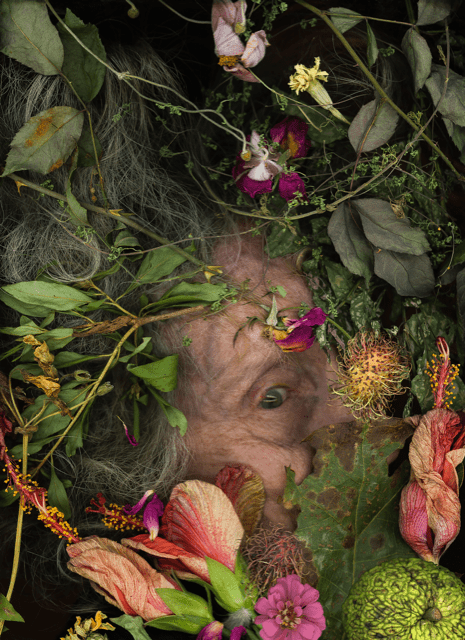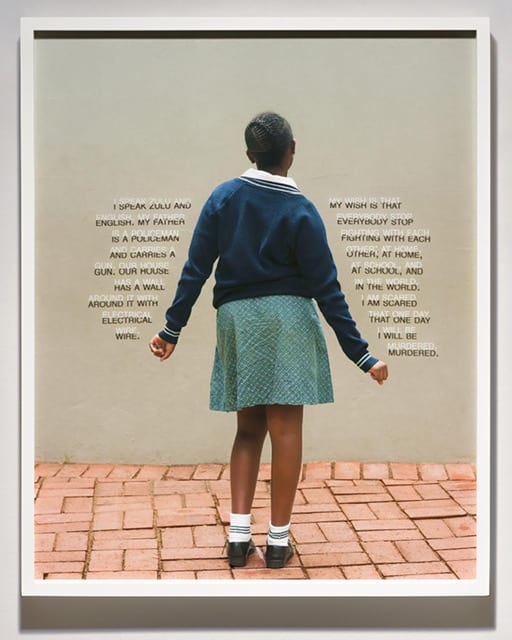The Trenton City Museum at Ellarslie is presenting the exhibit “From Dürer to Digital and 3-D The Metamorphosis of the Printed Image” on display from March 8th through April 28th. The museum describes the exhibit in the following manner.
Printmaking in the Western World came into existence in the 15th century when Gutenberg invented movable type. His invention transformed the way in which we acquire knowledge. Instead of the oral tradition by which cultures were transmitted, books and reading became the means of transmission. The printed word conveyed knowledge, but not sufficiently. It required an image. And thus printmaking was born. The first prints were wood and metal engravings done as illustrations to the texts in the new form of the book.

The printed image has always been at the leading edge of culture but also of technology. Albrecht Durer, for instance, was the first artist to make a printing plate by using acid to create the image in the plate rather than to cut it by hand. From Rembrandt to Picasso, artists whose impact shaped the history of the visual arts used printmaking to try out their ideas.
Wood and metal engraving evolved into elaborate printing methods that allowed the artist to print in color or to make black and white images that included the full range of grays. Artists were constantly inventing new ways to create a matrix that could be printed multiple times, thus expanding the reach of an artist’s work beyond the unique image. Lithography was invented at the end of the 18th century in Germany. The mezzotint was invented at about the same time and is often said to be the mode that led to the invention of photography, the essence of which is an endless array of grays from white to black.

Today, the photograph is giving way to a whole panoply of experimentation with new printing techniques. Video and film are basically descended from printmaking if one defines printmaking as a way of creating a reproducible image. And the list of contemporary descendant techniques from the printed image includes such new methods as 3D printing and the lenticular image.
The goal of this exhibition is to make visible the metamorphosis of the printed image. It is divided into three sections. The first section includes an example of the work of eight contemporary artists who are using the traditional modes of printmaking such as wood cut, lithography, and etching in creating their art. The second section consists of three photographers whose work demonstrates the various uses of photography. And the third section includes two individual artists and two collaborative pair of artists who are experimenting with new forms of the printed image such as holograms (lenticular imaging), video prints, installation, and 3-D printing.
There will be an Artists Panel Discussion Sunday, April 14, 2019 at 2 pm.
For more information and a full list of artists visit http://ellarslie.org/from-durer-to-digital-and-3-d/.




